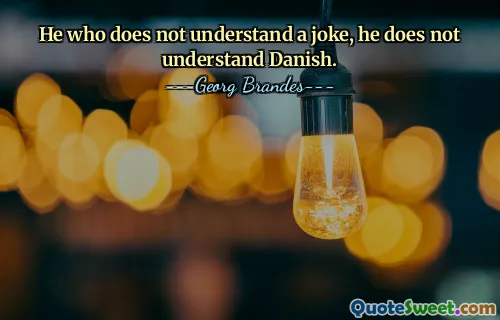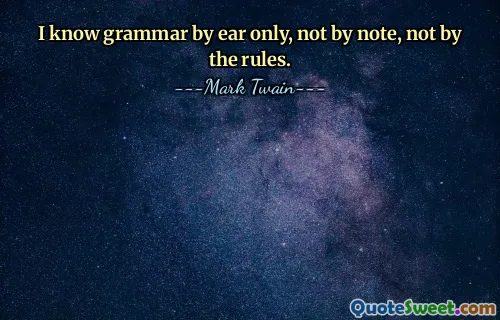
All Indo - European languages have the capacity to form compounds. Indeed, German and Dutch do it, one might say, to excess. But English does it more neatly than most other languages, eschewing the choking word chains that bedevil other Germanic languages and employing the nifty refinement of making the elements reversible, so that we can distinguish between a houseboat and a boathouse, between basketwork and a workbasket, between a casebook and a bookcase. Other languages lack this facility.
This quote offers a fascinating insight into the unique flexibility and refinement of the English language, especially in its ability to form compound words. The comparison among Indo-European languages highlights how English has evolved a distinctive linguistic trait — the reversibility of compound elements — which differentiates it from its close Germanic relatives like German and Dutch. While these languages build compounds often resulting in long, sometimes difficult-to-decipher word chains, English tends to keep the compounds clear and contextually meaningful. This reversibility is more than just linguistic neatness; it provides precision and clarity, enabling speakers to discern subtly different meanings, such as the difference between a "houseboat" (a boat designed for living on water) and a "boathouse" (a structure housing boats). Such linguistic efficiency minimizes ambiguity and enhances communication. Reflecting on this, I appreciate how English, through its historical evolution and extensive borrowing, has developed both complexity and simplicity intertwined. It shows how language is a living organism, adapting to the needs of its speakers by balancing expressiveness with clarity. This adaptability is a key reason why English remains a global lingua franca — its capacity to flexibly compound words contributes to expressive nuance without sacrificing understandability. Bill Bryson’s observation underscores the power of morphology as a window into cultural and historical language dynamics, reminding us that the way we construct words shapes how we think and communicate. Ultimately, this quote encourages a deeper appreciation for the structural uniqueness of English, inviting us to marvel at the elegant mechanisms underlying everyday speech that often go unnoticed.






